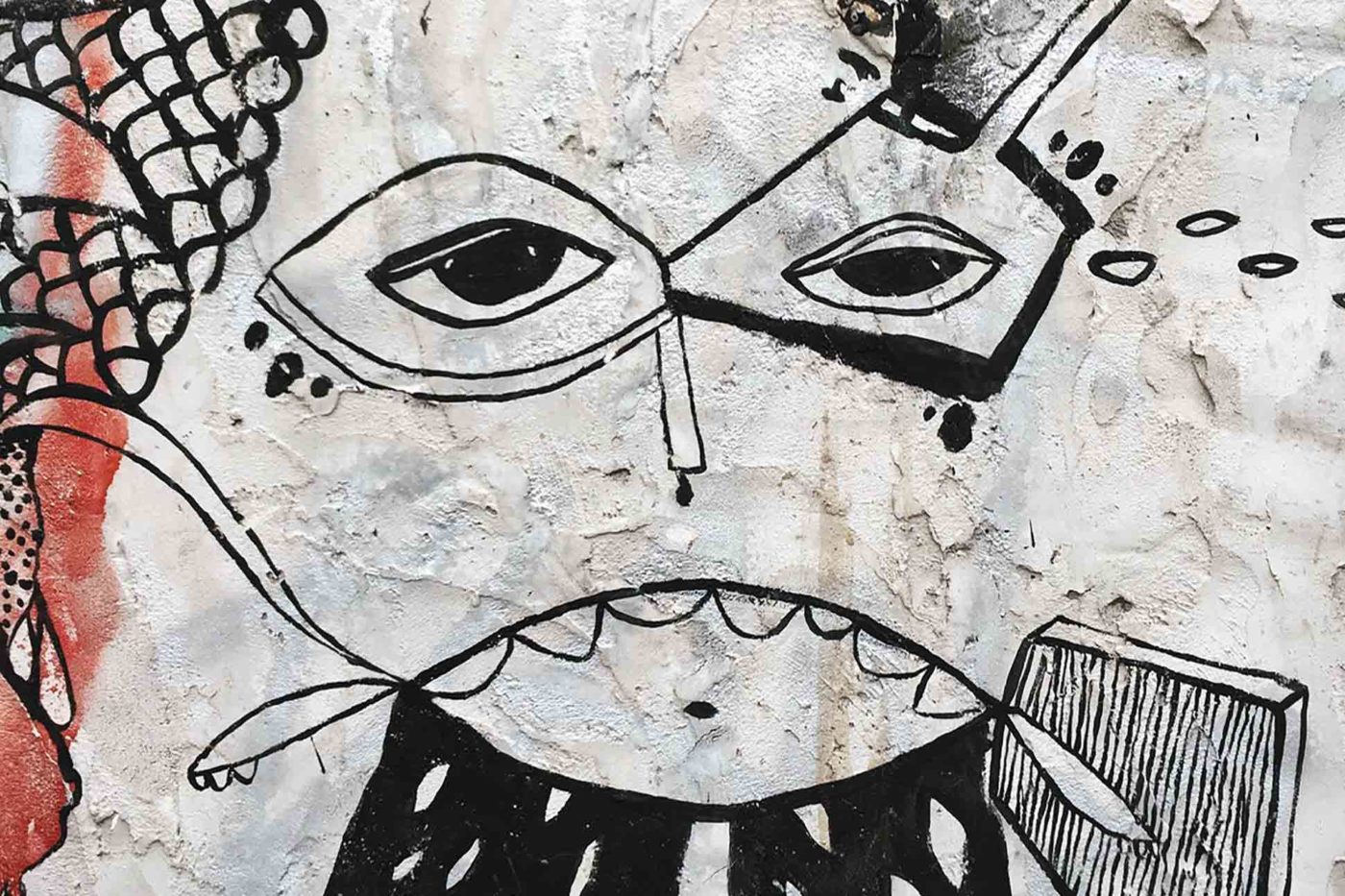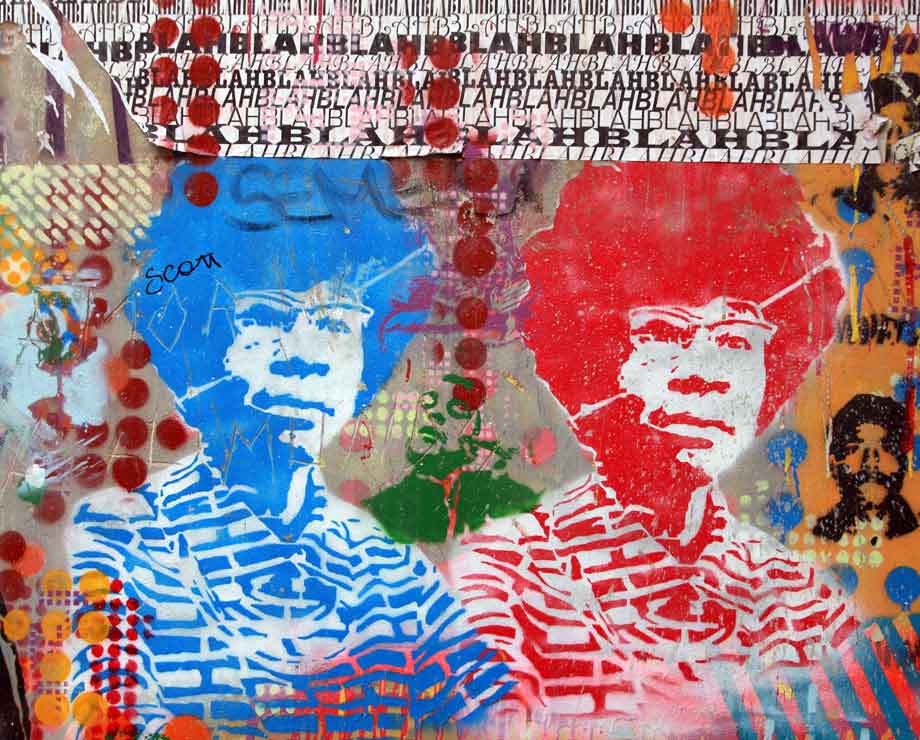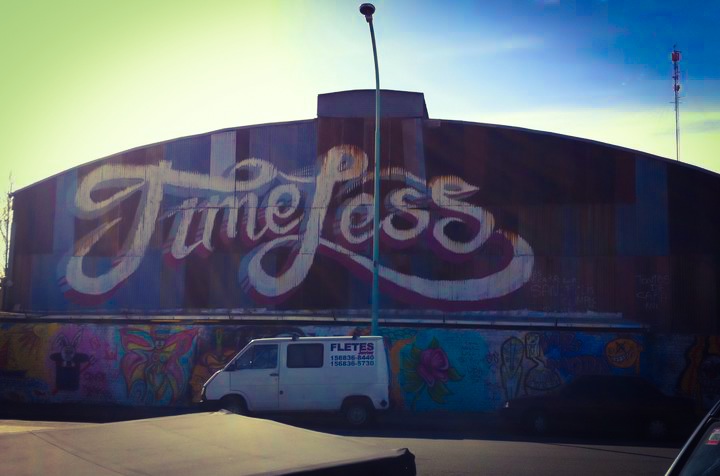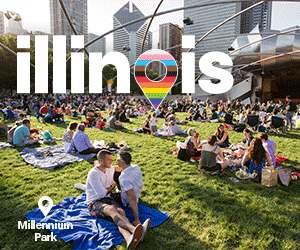Buenos Aires is known for many things, but Uwern Jong learns its internationalism and openness come through in its street art more than anywhere else.
It really is a small world.
I travel all the way to Latin America’s southern-most capital city, Buenos Aires – the “Paris of South America” – and end up on a street-art tour, to discover that the founder of the organisation is a co-worker from a past life. When Marina Charles first walked into my office in London, sometime in the early noughties, she was a fresh-faced graduate looking for a job in marketing – which she got. Fast forward a decade later and our paths and journeys segued to rejoin some seven thousand miles across the world. Marina now heads up the exciting Graffitimundo, a non-profit organisation that promotes the urban, or “street” art scene of Buenos Aires and supports local artists, through guided tours and gallery representation.
Like a lot of things in Buenos Aires, “street art” as a concept seems to be an imported exploit. Our guide spent a lot of time talking about when graffiti and the street-art movement ‘arrived’ to Buenos Aires. It seems that in the last ten or so years, the blank walls of the Argentinian capital have become free-for-all canvases – a bid to enhance the dilapidated grandeur of some parts of the city. Whilst actually illegal, it has become somewhat of a talking-point (particularly among the chattering classes, our guide is quick to point out that street-art is a middle-class thing, the poor just can’t afford the paint) and municipal pride; residents, businesses and organisations alike actually commission work. The artists aren’t concerned about getting caught either, each sign-off their pieces with pride – not just with a tag, but more often, a phone number, website or email address where they can be reached (for that sought after commission, no doubt). Hell, it seemed that even the establishment used it to their advantage. Prime graffiti real-estate by major thoroughfares are accosted by graffiti hit squads, leaving political messages painted in nationalistic colours and in some cases, for a price, corporate messages.
Coming from one of the world’s street-art capitals, I was at first left feeling a little hollow. There was something very commercial, almost capitalist about what I saw and heard – that I felt was the antithesis to what street-art should be about – “Pink Floyd commissioned this, the polo club commissioned that”. Don’t get me wrong – there is no doubt what I saw was creative and inspiring, but where was the grit? What is the message? For a city that has had such socio-political turmoil, where is the ‘passion’?
My answer came in a quick history lesson. Turns out, street art in B.A. began as more than just some kids spending their Recoletta allowances on spray paint. Just over 10 years ago when an economic crash screwed the country and its citizens over, artists took to the streets with a view to raise optimism in the city. That, and to vocally and creatively demonstrate their displeasure at government, not just through an attitude of protest, but by offering uplifting solutions. Porteños, the affectionate name for the city’s locals, aren’t very confrontational, it’s just not in the culture. They much rather illustrate their feelings through art, song and dance (cue tango). The chaos of the 2001 crash was a devastating social and economic blow, prompting a revolution of sorts, but rising from the ashes was a positive, uplifting movement that thrived and has become something that locals can be proud of.
The desire of Porteños to get behind the movement is all the more, well, moving. Between 1975 and 1983, scores of Argentinians just vanished – presumably tortured and murdered in state-sponsored concentration camps, in what has been dubbed as the darkest part of the country’s history. Trust me, people hang their heads in shame and the mood sombres if the subject even comes up. In that time, for many of us within our lifetimes, free speech was wholly nonexistent; and those who tried were silenced or made to disappear themselves. Those who dared, at risk of their lives did so anonymously by writing on the walls – much of which displayed the deep sorrow of a people just shocked and forced into submission. So it is easy to understand why today no one cares if you paint on their walls – freedom of speech means everything to the locals.
From that point on, I started to see more depth in the work across the city. Admittedly on my short tour, I didn’t see anything very groundbreaking, or gritty – perhaps it warrants a more in-depth exploration. But what I saw were beautiful statements; eye-candy for one’s pleasure, something by the people for the people. And there is so much of it, of varying strengths. There are just too many artists and different pieces of work to get into in detail, but check out the Graffitimundo website – it will give you a good overview.
The work was noticeably global, not just in their styles and commentaries, but also in their country of origin. South American artists aside, Japanese, American, French and British artists all have work across the city. Not to mention the numerous collaborations between artists in single canvases – a far cry from the street-art turf-wars here in London.
Whilst this movement is only just a decade old, I feel street-art in Buenos Aires goes quite a way to sum up the spirit of the Argentine capital and creates a great reason why it is a must-visit.
There are its internationalism and its openness – a cosmopolitan metropolis, noticeably more middle class and progressive than most of its Latin American counterpart capitals. It’s eye-catchingly beautiful in both its perfectly polished and dilapidated extremes. Its never hindering in its effort to mimic and develop what’s hot and happening in the rest of the world. It’s collaborative, vocal, bright and vivid. It’s unique, yet oddly familiar. It’s seductive, elegant and yet it sees real beauty in the ragged. It’s unforgetting of its tempestuous social history, but also prides itself on optimism and the future – its glass is certainly half-full. It embraces the trendy and cutting edge. It is also very much about its people.
And ultimately, there’s far more to it then you see on the surface.
There’s a lot to Buenos Aires beyond street art that makes it a wonderful destination for the mildly-adventurous luxury traveller. To find out what this amazing city can offer, visit Turismo Buenos Aires.
Photography by Rodrigo Paredes (via Pxhere) amongst others









